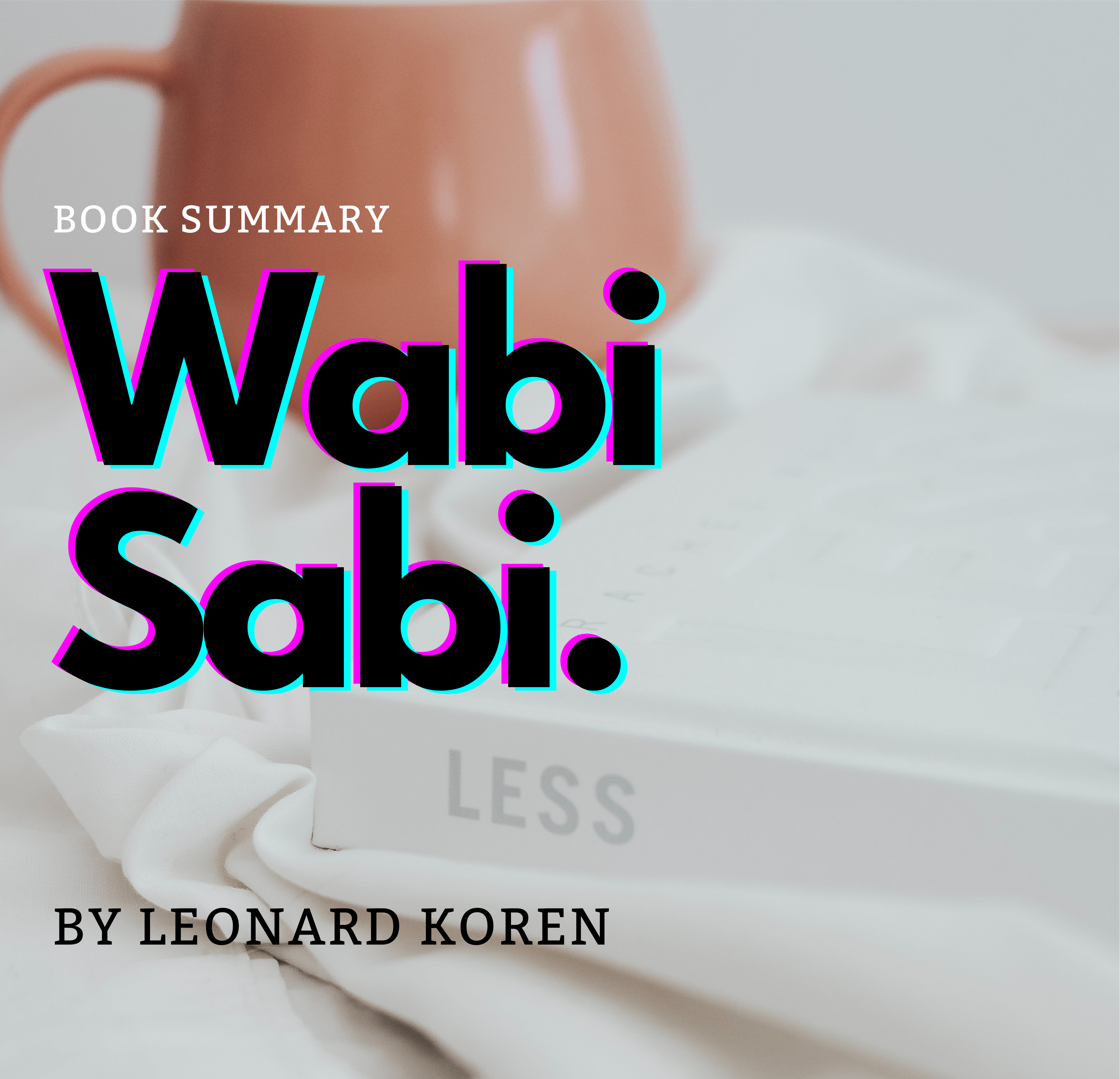“Wabi-Sabi: For Artists, Designers, Poets & Philosophers” by Leonard Koren is a notable book that explores the concept of wabi-sabi. Wabi-sabi is a Japanese aesthetic philosophy that appreciates the beauty of imperfection, impermanence, and the natural cycle of growth and decay.
In this book, Leonard Koren delves into the essence of wabi-sabi, examining its origins in Japanese culture and its application to various artistic disciplines, design, and even everyday life. The author explores how wabi-sabi can inspire and influence artists, designers, poets, and philosophers in their creative endeavors.
Koren’s book discusses the principles and elements of wabi-sabi, such as simplicity, asymmetry, modesty, and the appreciation of natural materials. It also examines how wabi-sabi can inform our perception of beauty, the passage of time, and the acceptance of transience and imperfection.
Through anecdotes, illustrations, and thought-provoking insights, “Wabi-Sabi: For Artists, Designers, Poets & Philosophers” invites readers to embrace the beauty of imperfection and find harmony in the world around them. It offers a deeper understanding of the wabi-sabi philosophy and how it can be integrated into various aspects of life.
Please note that while the book was published in 1994, it remains a well-regarded resource for exploring the concept of wabi-sabi.
Leonard Koren teaches several key principles and ideas related to the concept of wabi-sabi. Here are some of the lessons you can expect to learn from the book:
- Embracing Imperfection: Wabi-sabi celebrates the beauty of imperfection, asymmetry, and irregularity. The book encourages readers to appreciate the inherent flaws and quirks in objects, art, and even ourselves, seeing them as unique and adding depth and character.
- Finding Beauty in Simplicity: Wabi-sabi emphasizes simplicity, minimalism, and uncluttered aesthetics. It teaches us to appreciate the elegance and tranquility that can be found in a stripped-down, uncomplicated approach to design and living.
- Accepting Transience: Wabi-sabi recognizes the transient nature of all things. The book encourages readers to embrace the impermanence of life and objects, understanding that nothing lasts forever. By accepting and even cherishing the passage of time and the changes it brings, we can find a deeper sense of beauty and meaning.
- Connecting with Nature: Wabi-sabi emphasizes a deep connection with nature and the natural world. The book teaches readers to appreciate the simplicity and authenticity found in natural materials, textures, and forms. It encourages us to seek harmony with nature and find inspiration in its rhythms and cycles.
- Cultivating Mindfulness: Wabi-sabi invites us to slow down, be present, and cultivate mindfulness in our daily lives. By paying attention to the small details, subtle beauty, and fleeting moments, we can find a deeper sense of appreciation and contentment.
- Inspiring Creativity: The book explores how wabi-sabi can inspire and inform creative endeavors, whether in art, design, poetry, or philosophy. It encourages artists and creators to embrace imperfection, simplicity, and the essence of their materials, allowing their work to reflect the principles of wabi-sabi.
Overall, “Wabi-Sabi: For Artists, Designers, Poets & Philosophers” serves as a guide to appreciating the beauty in imperfection, simplicity, and the transient nature of life. It offers insights and perspectives that can influence our perception of aesthetics, mindfulness, and creative expression.
